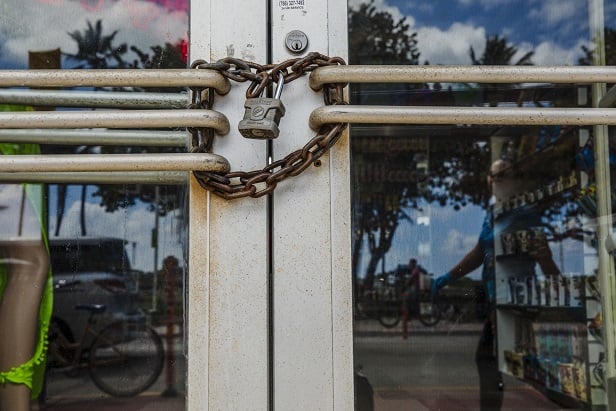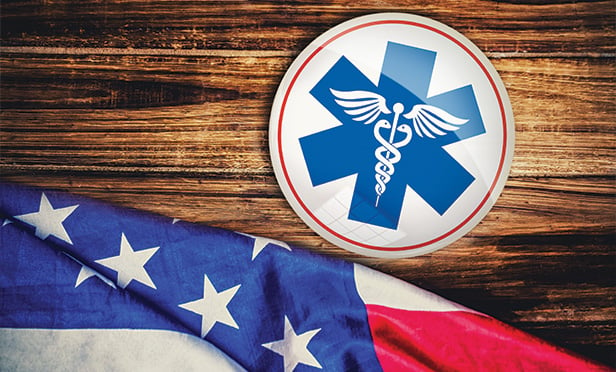
The Treasury Department and Internal Revenue Service launched a new web tool on IRS.gov Friday that enables quick registration to receive Economic Impact Payments — also known as Recovery Rebates — faster and was designed to "help millions of people" who don't usually file a tax return, they said.
The non-filer tool, developed as part of a partnership between the IRS and Free File Alliance, provides a free and simple option for those who don't have a tax return filing obligation, including those Americans with too little income to normally file, they said in a joint announcement.
Recommended For You
Complete your profile to continue reading and get FREE access to BenefitsPRO, part of your ALM digital membership.
Your access to unlimited BenefitsPRO content isn’t changing.
Once you are an ALM digital member, you’ll receive:
- Breaking benefits news and analysis, on-site and via our newsletters and custom alerts
- Educational webcasts, white papers, and ebooks from industry thought leaders
- Critical converage of the property casualty insurance and financial advisory markets on our other ALM sites, PropertyCasualty360 and ThinkAdvisor
Already have an account? Sign In Now







